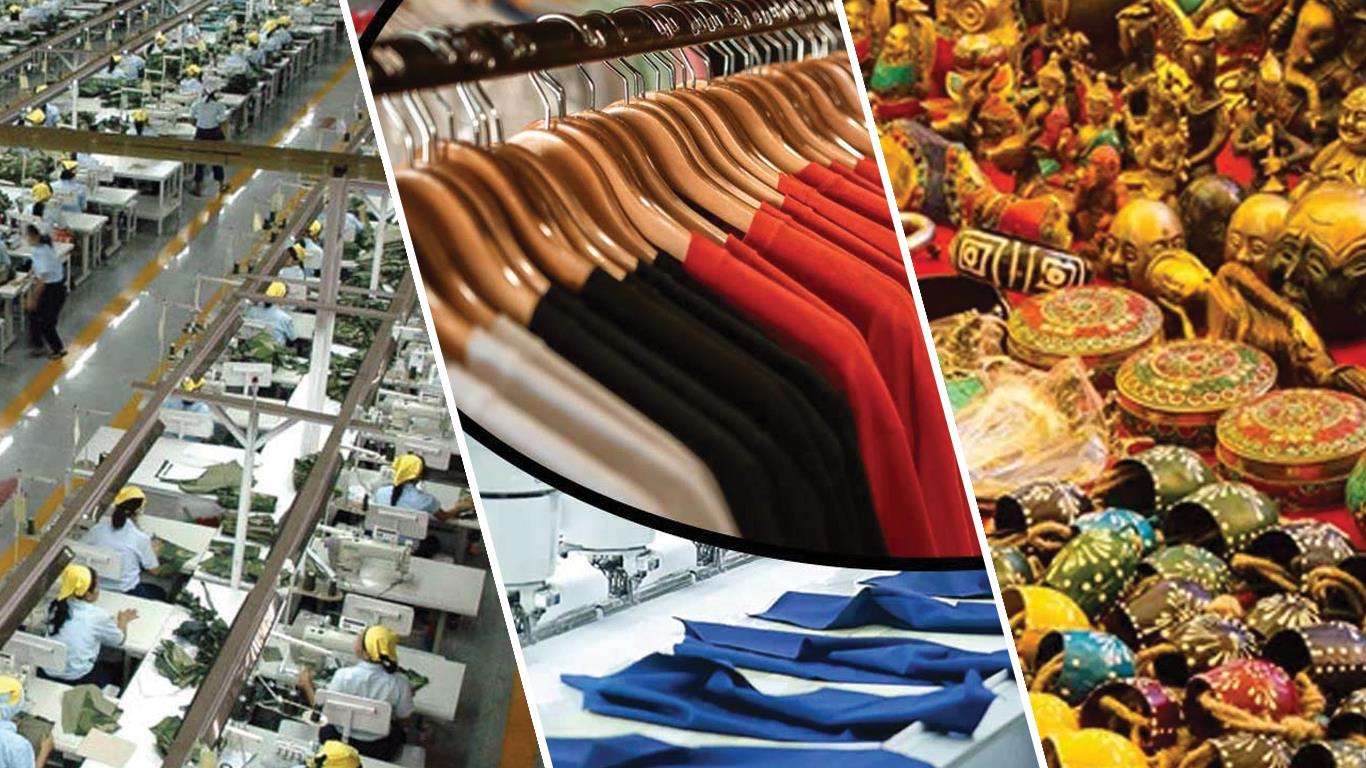Textile, Apparel & Handicraft Industry Gain Relief Under New GST Reforms
The measures are expected to reduce costs, revive domestic demand, correct structural anomalies, and enhance global competitiveness.
The reforms address long-standing concerns within the value chain, from fibre to fashion, with an emphasis on affordability, employment generation, and export growth.
By easing tax burdens across segments, the changes are projected to stimulate consumption and support India's ambitious target of building a USD 350 billion textile and apparel market by 2030.
The rationalisation includes a 5 percent GST rate on readymade garments and made-ups priced up to Rs 2,500 per piece, raising the threshold from the earlier Rs 1,000.
Industry representatives believe this move will make affordable apparel more accessible, especially for middle- and low-income households, while boosting employment in labour-intensive garment units and supporting domestic brands against low-cost imports.
In the man-made fibre and yarn segment, GST rates have been reduced from 18 percent to 5 percent on fibres and from 12 percent to 5 percent on yarns.
This alignment is expected to correct the inverted duty structure, improve cash flows for small and medium enterprises, and enhance the global competitiveness of India's synthetic textile products.
For carpets and floor coverings, GST has been lowered from 12 percent to 5 percent, providing a boost to clusters in Bhadohi and Srinagar and improving domestic affordability.
Similarly, the GST on 36 handicraft items, handloom cotton rugs, and handwoven carpets has been reduced from 12 percent to 5 percent, a step aimed at supporting artisans and preserving traditional crafts.
Sewing machines, both domestic and industrial, will now attract a 5 percent GST, down from 12 percent, reducing costs for tailoring units and aiding domestic manufacturing.
Alongside rate reductions, the Council recommended simplifying the refund process for zero-rated supplies and inverted duty structures through system-driven evaluation.
The removal of the Rs 1,000 threshold on small courier and postal consignments, and the introduction of simplified GST registration schemes for small and low-risk businesses, including those selling through e-commerce operators, are expected to further ease compliance for micro and small enterprises.
(KNN Bureau)
Legal Disclaimer:
MENAFN provides the
information “as is” without warranty of any kind. We do not accept
any responsibility or liability for the accuracy, content, images,
videos, licenses, completeness, legality, or reliability of the information
contained in this article. If you have any complaints or copyright
issues related to this article, kindly contact the provider above.
Most popular stories
Market Research

- Vietnam Vegan Food Market Size, Share, Trends And Report 2025-2033
- Smart Indoor Gardens Market Growth: Size, Trends, And Forecast 20252033
- Bitmex And Tradingview Announce Trading Campaign, Offering 100,000 USDT In Rewards And More
- With Seal, Walrus Becomes The First Decentralized Data Platform With Access Controls
- Schoenherr Welcomes Top-Tier CEE English Law Debt Finance Team
- Cartesian Launches First Outsourced Middle-Back-Office Offering For Digital Asset Funds





















Comments
No comment